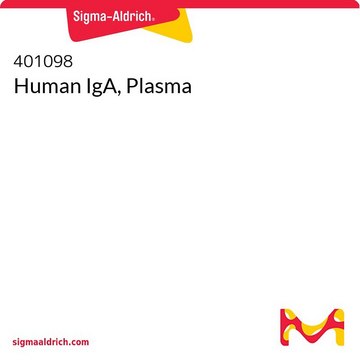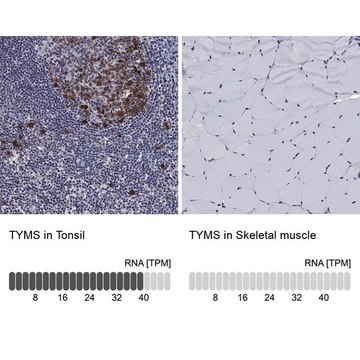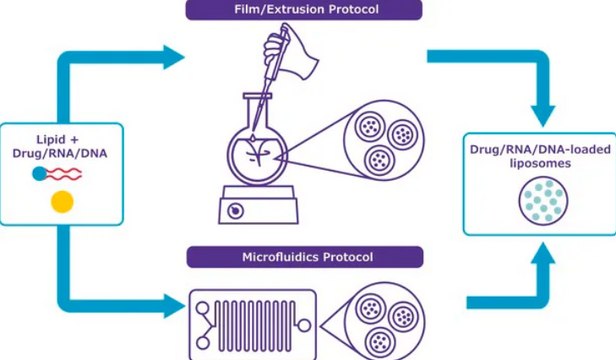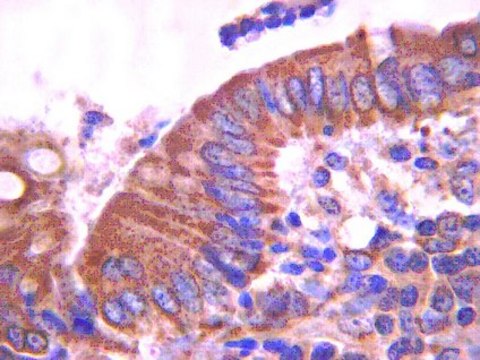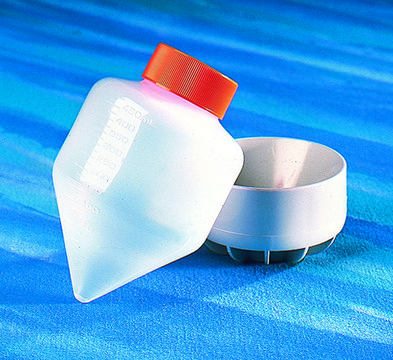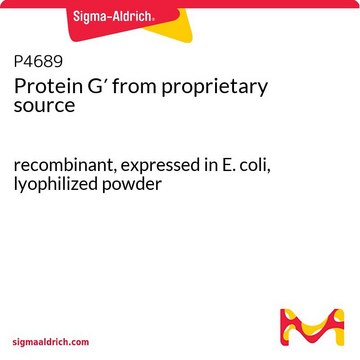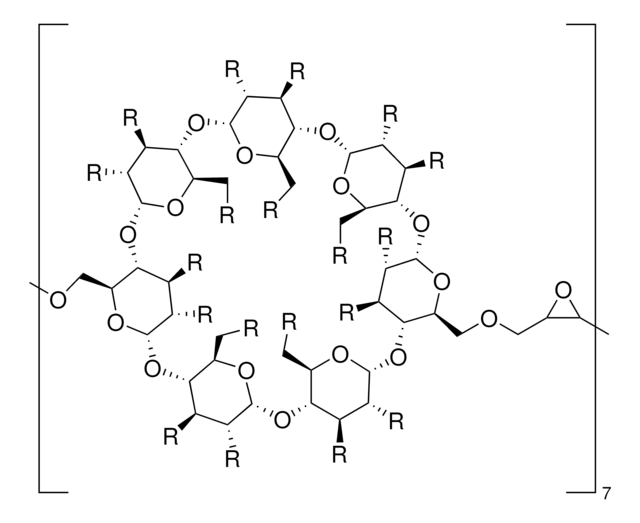MAB4130
Anti-Thymidylate Synthase Antibody, clone TS106
clone TS106, Chemicon®, from mouse
Synonym(s):
Thymidylate synthase
About This Item
Recommended Products
biological source
mouse
Quality Level
antibody form
purified immunoglobulin
clone
TS106, monoclonal
species reactivity
human, mouse
species reactivity (predicted by homology)
rat
manufacturer/tradename
Chemicon®
technique(s)
ELISA: suitable
flow cytometry: suitable
immunofluorescence: suitable
immunohistochemistry (formalin-fixed, paraffin-embedded sections): suitable
immunoprecipitation (IP): suitable
western blot: suitable
isotype
IgG1
NCBI accession no.
UniProt accession no.
shipped in
wet ice
target post-translational modification
unmodified
General description
Specificity
Immunogen
Application
A previous lot of this antibody was used in ELISA.
Flow Cytometry:
A previous lot of this antibody was used in FC.
Immunofluorescence:
A previous lot of this antibody was used in IF.
Immunoprecipitation:
A 10 μL/mg concentration of a previous lot was used on protein lysate.
Immunohistochemistry (Frozen and Paraffin sections):
1:50 - 1:100 (with incubation for 30-60 minutes at room temperature). TS106 can benefit from antigen retrieval with either EDTA pH 8.0 or 10mM citrate buffer pH 6.0 .
Western Blotting:
1:200 - 1:400. Recognizes a 36KDa band.
Optimal working dilutions must be determined by end user.
Epigenetics & Nuclear Function
Cell Cycle, DNA Replication & Repair
Quality
Western Blot Analysis:
1:500 dilution of this antibody detected THYMIDYLATE SYNTHASE on 10 μg of MCF7 lysates.
Target description
Physical form
Storage and Stability
Analysis Note
Positive Control: 5-FU-resistant colon carcinoma cell lines (NCI H630R10, NCI630R1), 5-FU-resistant breast cancer cell lines, MCF-Ad5 and MCF-Ad10
Other Notes
Legal Information
Disclaimer
Storage Class Code
10 - Combustible liquids
WGK
WGK 2
Flash Point(F)
Not applicable
Flash Point(C)
Not applicable
Certificates of Analysis (COA)
Search for Certificates of Analysis (COA) by entering the products Lot/Batch Number. Lot and Batch Numbers can be found on a product’s label following the words ‘Lot’ or ‘Batch’.
Already Own This Product?
Find documentation for the products that you have recently purchased in the Document Library.
Our team of scientists has experience in all areas of research including Life Science, Material Science, Chemical Synthesis, Chromatography, Analytical and many others.
Contact Technical Service